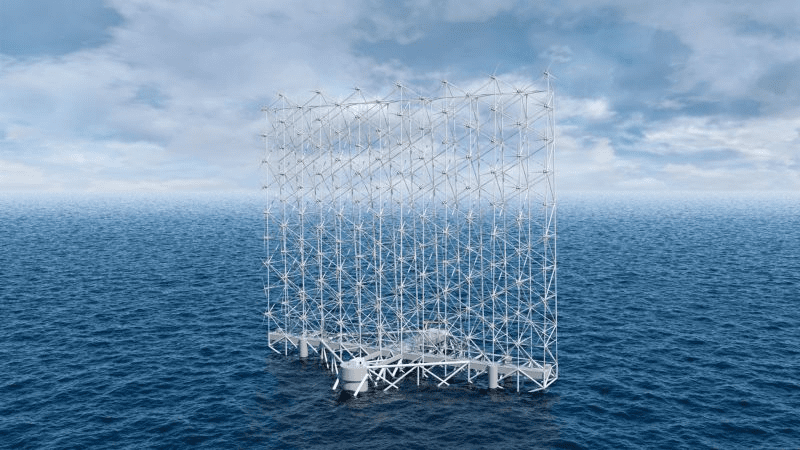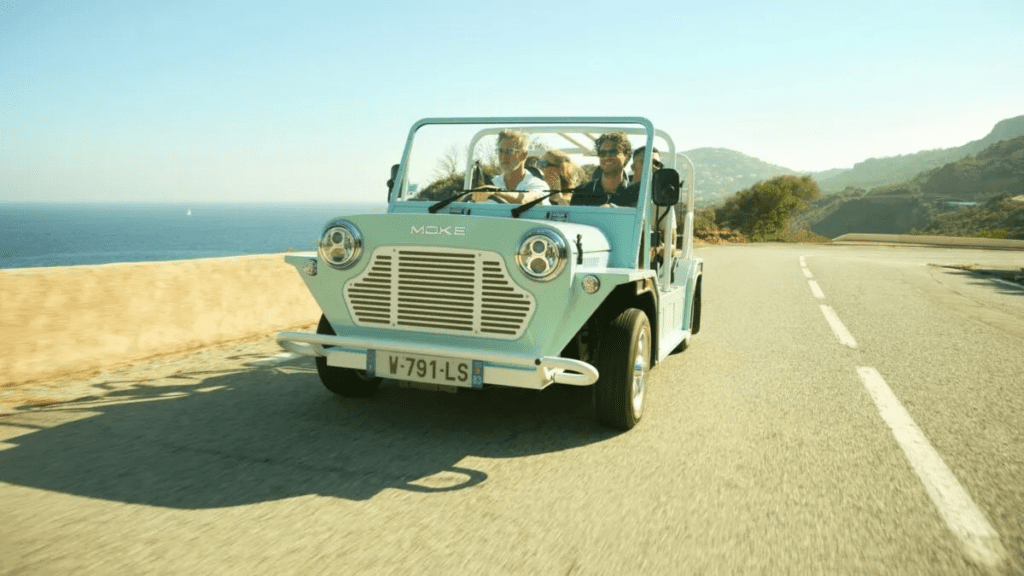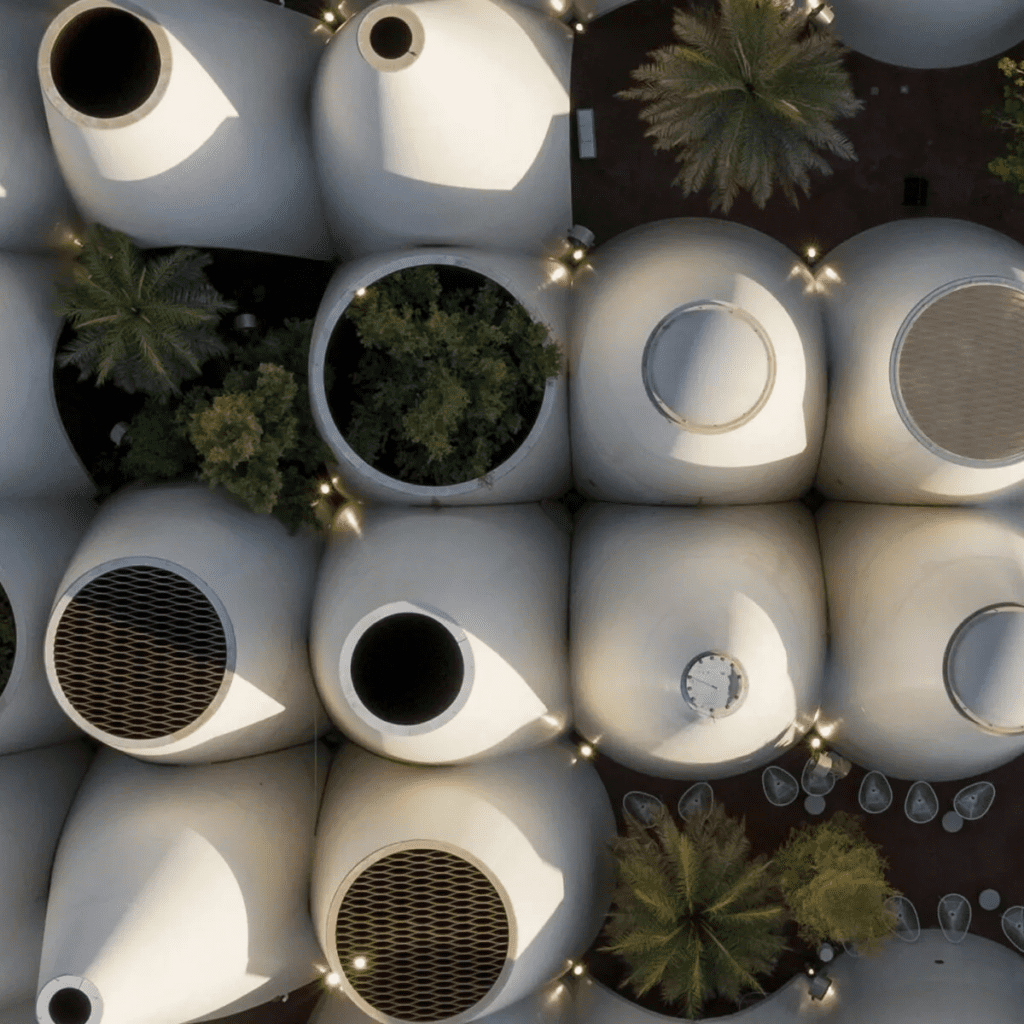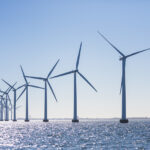Researchers and engineers are persistently working to create more efficient, cost-effective, and sustainable ways to harness wind power in the ever-developing wind energy industry. Norway’s “Wind Catcher” is a promising new development in this field, boasting a floating turbine towering over 1,000 ft, equipped with more than 100 turbine rotors that will float offshore and could transform how we harness electricity from wind. The Wind Catcher’s height gives it access to higher-altitude winds that are generally stronger and more consistent than those closer to the ground, and its placement in the water makes it an ideal position to use strong ocean gales.
The Wind Catcher’s unique design accommodates a large frame with numerous rotors attached to it, generating five times the output of the largest wind turbine design currently. The Wind Catcher can generate enough energy to power 80,000 European homes, making it more efficient and economical than conventional turbines. Its potential to generate electricity exceedingly faster than conventional turbines of similar sizes is a game-changer for the wind energy industry, increasing wind energy production and reducing our dependence on fossil fuels.
Wind energy is already a comparatively clean and sustainable energy source, but the Wind Catcher’s innovative design and increased abilities take it to the next level, pushing the transition to clean and renewable energy sources.The Wind Catcher’s smaller, more numerous turbine system makes harnessing higher wind speeds not only possible but essential, nullifying the limitations of traditional turbines that shut down in strong winds. The Wind Catcher’s ability to float in the water opens doors to various possibilities, considering that two-thirds of the planet is covered in water.
Despite having more turbines, the Wind Catcher’s small parts and new technology reduce maintenance costs and ease the replacement process for the crew on-site without needing any serious rental equipment. The grid-enabled cost of power in Norway is around $105 per megawatt-hour, and Wind Catcher is believed to supply a similar number once it is rolled out and running, with lesser maintenance costs, a higher output, and an equal cost for that output.
The Wind Catcher poses great potential to reduce carbon emissions and costs with its new design and more efficient wind energy production. As wind power continues to gain momentum as an effective alternative to fossil fuels, innovations like the Wind Catcher will be essential to its continued growth and success.


















